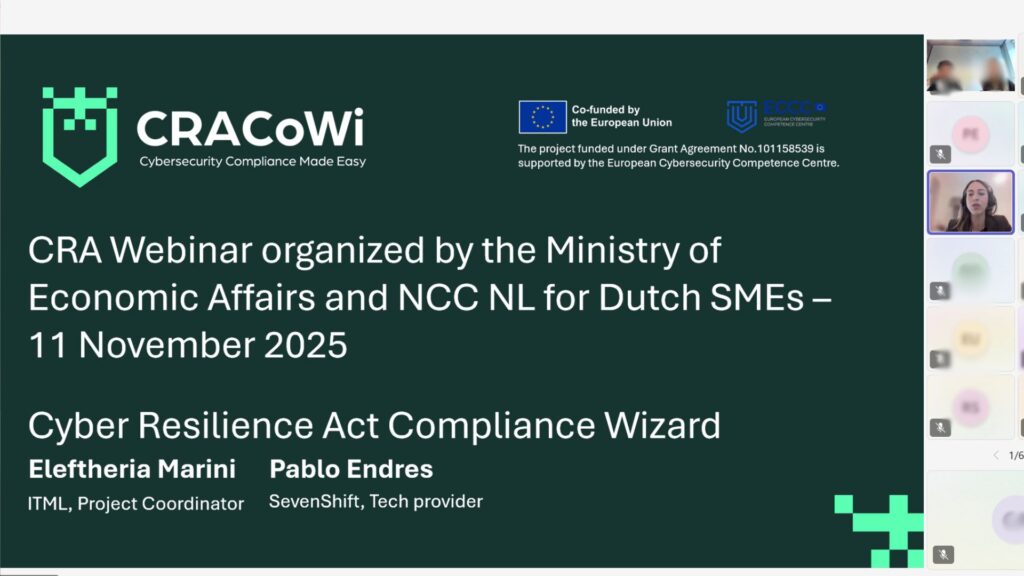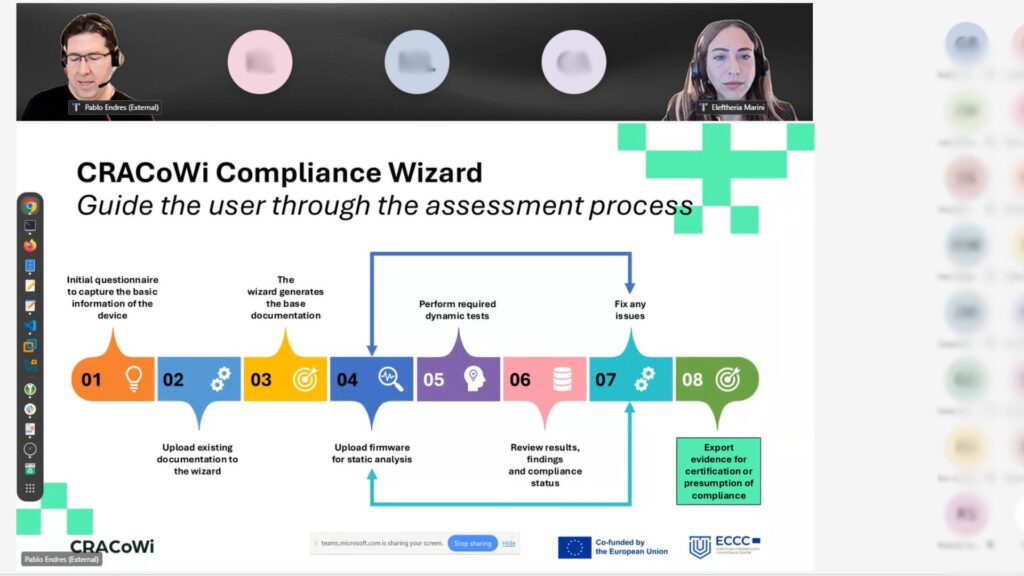On November 25, 2024, Australia passed the Cyber Security Bill 2024, ushering in a significant step forward in its efforts to enhance cybersecurity. At its core, this legislation sets mandatory security standards for “relevant connectable products,” or smart devices, that connect to the internet. This landmark move reflects a global trend toward stricter regulations on consumer technologies to safeguard against the increasing risks of cyber threats. Let’s take a look at what the Cyber Security Bill 2024 is all about.
What Does the Cyber Security Bill 2024 Do?
One of the defining features of the Bill focuses specifically on security standards for connectable products such as smart home devices, wearables, and IoT systems. The legislation mandates that manufacturers, suppliers, and importers of these products comply with strict security measures to ensure their safety and reliability.
The Cyber Security Bill 2024 introduces robust measures to enhance the security of internet-connected devices, aiming to protect consumers and businesses from the growing risks of cyberattacks.
Mandatory Security Standards
At the heart of the legislation is the requirement for manufacturersto comply with mandatory cybersecurity standards set out by the Australian Minister for Home Affairs. These standards are defined through Ministerial rules, providing a flexible framework that can adapt to evolving cybersecurity challenges and emerging threats. By ensuring that all “relevant connectable products” meet these security benchmarks, the legislation establishes a baseline for device safety, making it harder for vulnerabilities to be exploited.
Definition Alignment
To streamline compliance for international manufacturers, the legislation aligns its definitions with those found in the UK’s Product Security and Telecommunications Infrastructure Act 2022. This alignment not only reduces complexity for global companies but also encourages a harmonized approach to IoT security across jurisdictions. For manufacturers operating in multiple markets, this consistency minimizes administrative burdens and supports the development of secure products that meet global standards.
Consumer Focus
One of the Cyber Security Bill’s primary objectives is to prioritize consumer safety and trustin the ever-expanding market of smart devices. As smart home appliances, wearable technologies, and IoT-enabled systems become ubiquitous, the risks of cyberattacks increase exponentially. This legislation ensures that products are designed with security as a core feature, protecting end-users from threats such as unauthorized access, data breaches, and system hijacking.
The focus on consumer protection reflects a broader commitment to fostering trust in technology, ensuring that users feel confident adopting smart devices without compromising their security or privacy.
Addressing Vulnerabilities in Smart Devices
Smart devices have become an integral part of daily life, from wearables and home assistants to industrial IoT applications. However, their rapid adoption has also made them prime targets for cyberattacks. These attacks can result in devastating consequences, including data breaches, unauthorized surveillance, and disruptions to critical systems.
By mandating robust security standards, the Cyber Security Bill 2024 aims to reduce these vulnerabilities, ensuring that manufacturers adopt secure-by-design principles. This not only safeguards consumers but also mitigates risks for businesses and critical infrastructures relying on IoT solutions.
In combination with its focus on adaptability and global alignment, this legislation positions Australia as a leader in IoT security, setting a standard that other nations may follow. As cybersecurity becomes an essential feature rather than an afterthought, this legislation paves the way for a more secure and resilient digital future.
Why the Cyber Security Bill Matters
The introduction of the Cyber Security Bill 2024 reflects Australia’s commitment to staying ahead in the cybersecurity landscape, particularly in the rapidly expanding market of smart devices. Its alignment with international standards underscores a coordinated global approach to managing cyber risks.
This move is particularly timely, given the growing number of smart devices in homes and workplaces. From connected thermostats to industrial IoT devices, these technologies introduce convenience but also create potential security vulnerabilities. By requiring manufacturers to incorporate robust security measures, the Bill ensures a safer environment for consumers and businesses alike.
Setting the Global Standard
Both Australia’s Cyber Security Bill and the EU’s Cyber Resilience Act (CRA) highlight the increasing focus on IoT and digital product security. These regulations signal to manufacturers worldwide that cybersecurity can no longer be an afterthought. Instead, secure-by-design principles and ongoing compliance will be critical for market access.
These laws contribute to streamlined global standards, simplifying compliance for global manufacturers, enabling them to design products that meet multiple regulatory frameworks. At the same time, these regulations elevate consumer expectations, as end-users increasingly demand robust security features in digital products. In turn, this puts pressure on companies to innovate and prioritize safety in their offerings, and open up new opportunities for innovation in cybersecurity, particularly for companies specializing in tools and solutions that assist manufacturers in meeting stringent security requirements.
Together, these trends are reshaping the digital product landscape, driving progress toward a more secure and resilient global ecosystem.
What Businesses Should Do Now
Whether targeting the Australian, European, or global market, businesses must:
- Understand Regional Regulations: Stay updated on cybersecurity laws in key markets.
- Adopt Secure-by-Design Principles: Integrate security into product development from the outset.
- Collaborate Globally: Engage with initiatives like CRACoWi to stay ahead of regulatory trends.
CRACoWi Project is here to help
The Cyber Resilience Act Compliance Wizard (CRACoWi) project recently aligned with these regulations as it addresses:
- Awareness Building: Educating manufacturers and users on security risks and compliance requirements.
- Support for SMEs: Providing resources to help small businesses navigate complex global regulations.
- Promoting Secure-by-Design: Encouraging innovation in device security to meet evolving standards.
Highlighting these regulations on the CRACoWi platform emphasizes the project’s role in fostering a resilient global IoT ecosystem.
💡 Stay Connected:




